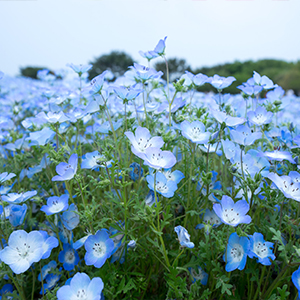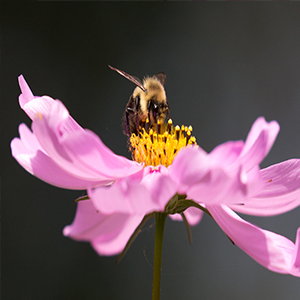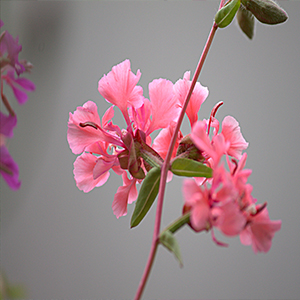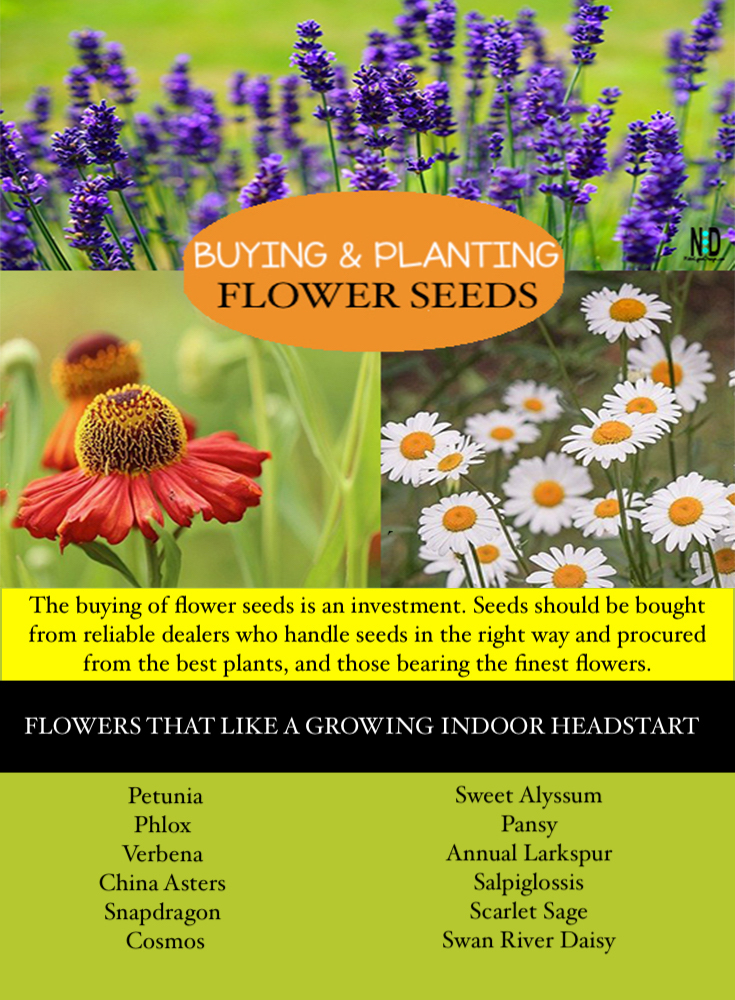I’m a fan of telling people the only gambling that I do is buying and planting flower seed and vegetable seed. Your chances of growing items from seed increase when you take steps to prepare and select correctly.
Buying and Planting Flower Seed

Care in Purchasing Seeds
The buying of flower seeds is an investment. Seeds should be bought only from reliable dealers who handle seeds the right way and procure from the best plants, and those bearing the finest flowers.
- The matter of getting a good seed must depend entirely upon our confidence in the dealer.
- The wise gardener avoids wasting his ground space by sowing seeds that have laid in grocery stores for any length of time.
Sowing Seeds
Many annuals, such as Petunia, Phlox, Verbena, China Asters, Snapdragon, Cosmos, Sweet Alyssum, Pansy, annual Larkspur, Salpiglossis, Scarlet Sage. Swan River Daisy and Torenia, benefit by being sown indoors in order to give them a growing start before placing in open soil.
March Is The Best Time To Sow
March is the best time to sow. Procure a good loam in the Autumn and store it in the basement over the winter.
- The soil does not have to be rich, but it should be loose, which can be accomplished by the addition of well-rotted manure, or if this is not available, sifted coal ashes or sand will be useful.
- This soil should not be allowed to become dry in the basement but should be moistened every month or oftener, according to its condition.
- It must not be kept too wet, otherwise it will sour badly.
Sow Thin
The seed must always be sown thinly; thick sowing is a general cause of failure with annuals.
- Some seeds, like Petunia, Verbena, ornamental Tobacco, Salpiglossis, and Portulaca, are very tiny, and should not be covered with soil.
- A newspaper and a pane of glass placed over the pot or box will retain the moisture and keep the sunlight from the seed.
- When the seed is not covered, the soil should be thoroughly watered before sowing.

Plant Large Seed In Rows
Larger seeds are best grown in rows and should be covered with soil about three times their diameter.
- To keep out the light and prevent the pots from drying, the use of newspaper over the pot is excellent.
- As soon as the seedlings get above the soil, they should be given the best light conditions, otherwise, they will become very spindling and weak.
- Good light and rather cool conditions indoors, together with thorough but not too frequent watering, should produce stocky plants.
Except for plants like Mignonette, Sweet Sultan, Love-in-a-Mist, Heliotrope, and Poppy like plants, such as Eschscholtzia, Argemone, and Papaver, most annuals can be successfully transplanted. When seeds of these latter are sown they are best placed in very small pots, using only two or three seeds in a pot.


Additional Posts:
Collecting Marigold Seed
Growing Asters
Morning Glories
Safflower Seed
Transplanting
Seedlings may be transplanted when very small; in fact, after the appearance of several leaves.
- If the plants are becoming crowded, they should be transplanted into boxes about three inches deep, setting them several inches apart from each way.
- The earliness of sowing the seed will govern the amount and need for transplanting.
- Transplanting is beneficial to many seedlings because it causes the root tips to branch, making a well-balanced root system.
Preparation of Garden Soil
If good flowers are wanted, thorough preparation should be given and decayed manure added.
Additional Post:
Elements to Good Soill
Testing Seed Germination
Use Less Soil in Containers
Pinching Back The Plants
After many of the annuals have grown two or three leaves tall, they will benefit by being pinched back; in other words, the main shoot off the stem of the plant should be cut off.
- This will cause the plants to become branchy and bear three times as many flowers.
- Especially successful in needed pinching are Stock, Nemophila, Petunia, Baby’s Breath, annual Chrysanthemums, Clarkia, Cosmos, Godetia, Salpiglossis, Swan River Daisy, and Calliopsis.




Additional Posts:
Eastern Swallowtail Caterpillar
Sowing Them Outdoors
When the soil is warmed a little in the Spring most annuals can be sown directly in the open soil; but a few are tender, that is, they will stand very little cold and should never be planted until all danger of frost is past. Among these is Amaranth, Browallia, Gelosia, Torenia, Poppy, Gourds, Butterfly Flower. These are really tender.
Making Flower Beds
In making beds for annuals they should not be too wide; if against a fence, four or five feet, and if in the open, six or seven feet, is sufficient; otherwise, they cannot be handled easily either for picking the flowers or for cultivating and weeding. Few annuals can be sown so that they are exactly the proper distance apart when they bloom. They must, therefore, be thinned. According to the variety they all need from six to eighteen inches between plants.
Additional Posts:
Nodding Onions
Nature Tells Us When To Plant
Tulip Care After Blooming
Slug Prevention of Hostas
Remove Seed Pods
Annuals soon accomplish their growth and hastily decline if their seed pods are not carefully removed. Many of them may continue to bloom throughout the Summer if careful attention is given to this detail.
Buying and Planting Flower Seeds
Sharing Is Caring Pin Me

Newspaper Barrier Prevents Weeds
Did you know that a newspaper barrier prevents weeds in your flower garden? It is true! It helps cut down on weeding

General Guidelines:
• Use only the black and white printed sections, no sales inserts
• Spread out at least 5 pages at a time
• Cover the newspaper with mulch
Additional Info:
• The newspaper will break down and become part of the soil
• You can easily cut a hole to add additional plants
Why It Works
As a general rule, plants need to grow toward the light. The newspaper will block out the sun. You will already have cut holes for your regular plants and mulch around them. It will not stop weeds completely, but it sure helps!





